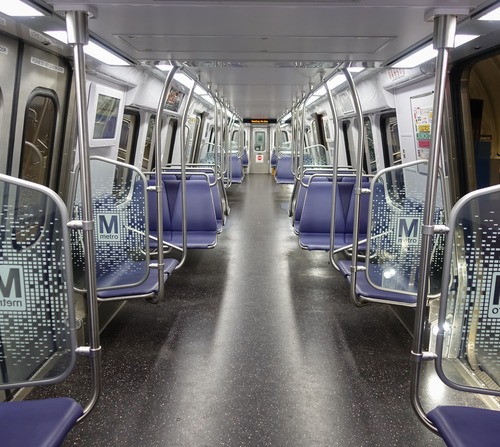
Metro, in Washington, D.C., announced the release of its first-ever Strategic Plan for Joint Development Thursday.
The plan is a detailed roadmap, the transit agency said, to increasing private development opportunities on Metro-owned land. The initiative aims to execute 20 joint development agreements by 2032, strengthening coordination with local partners and streamlining processes.
The program is critical to providing safe, reliable, and affordable transportation, the agency said, and will increase Metro ridership, generate new revenues, foster sustainable regional growth, and generate new state and local taxes on formerly undeveloped and tax-exempt land.
“Transit-oriented developments not only support Metro operationally, but they also bring important stakeholders together to reinvigorate the region,” said Executive Vice President and Chief Financial Officer Dennis Anosike. “This strategic plan lays out a very clear roadmap that details our future priorities. I’m excited to see these transformations take shape and place accessibility to transit at the forefront of urban planning.”
Since 1975, Metro has completed 55 buildings at 30 stations across the region – more joint development projects than any other transit authority in the country. Its remaining joint development portfolio includes opportunities at 40 stations which the agency estimates could produce 31-million-square-feet of new development, 26,000 new housing units, 9 million new Metro trips (resulting in $40 million in annual fare revenue), $50 million in annual lease revenue, and 4340 million in new annual tax revenue to local and state jurisdictions.
“This Strategic Plan represents an important first step in realizing the full potential of Metro’s portfolio of real estate across the region,” said Liz Price, Metro’s vice president of real estate. “As we emerge from the pandemic, joint development presents a real win-win opportunity for Metro and the region.”